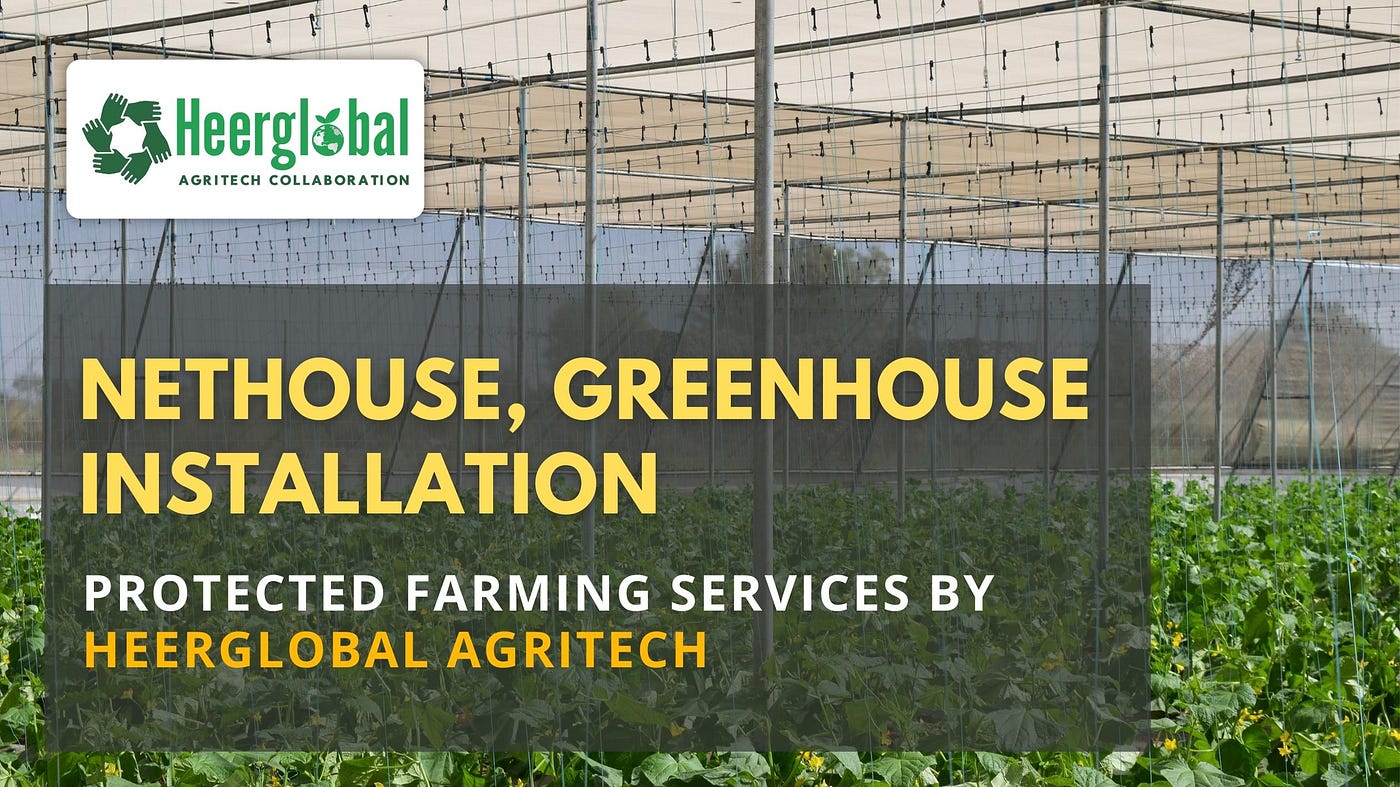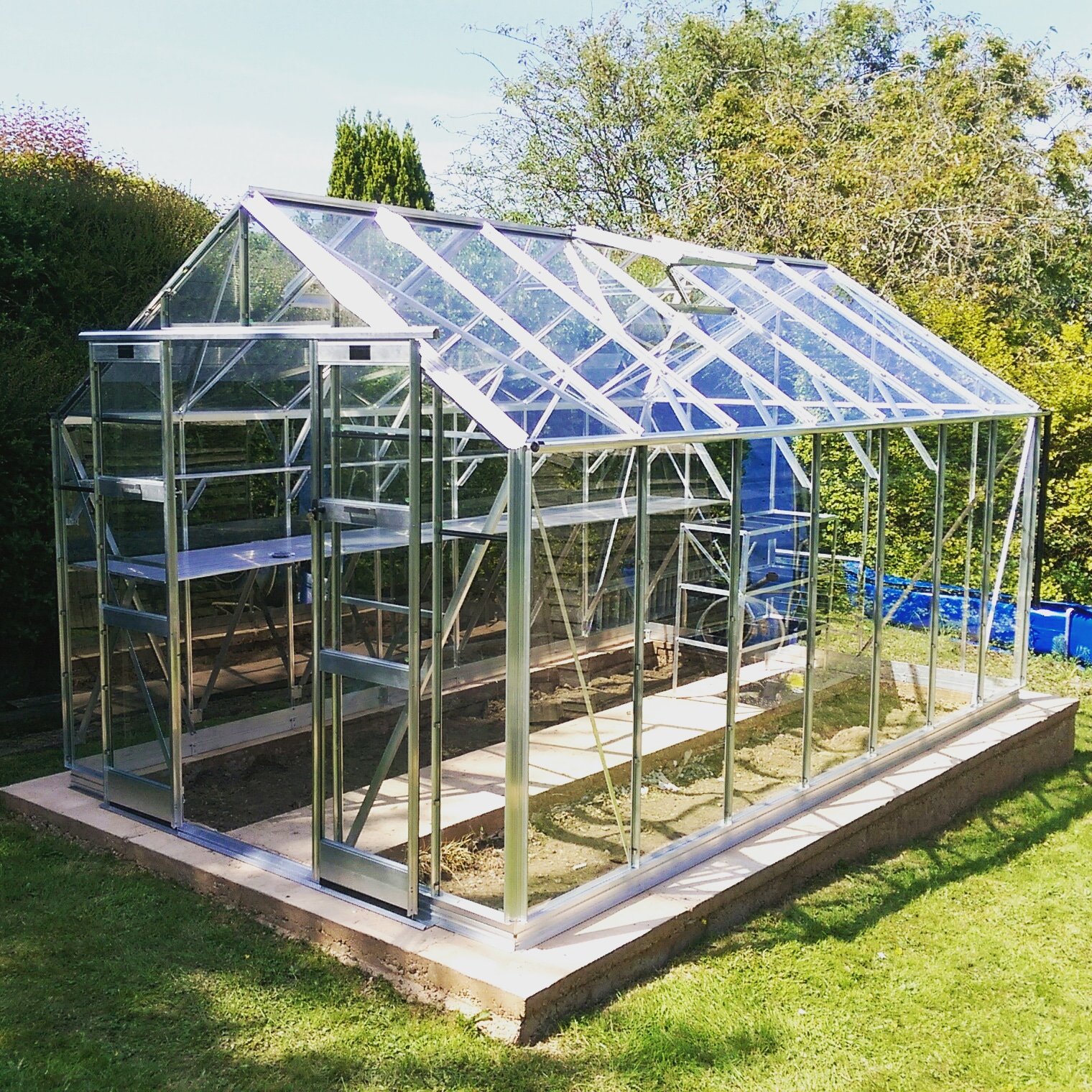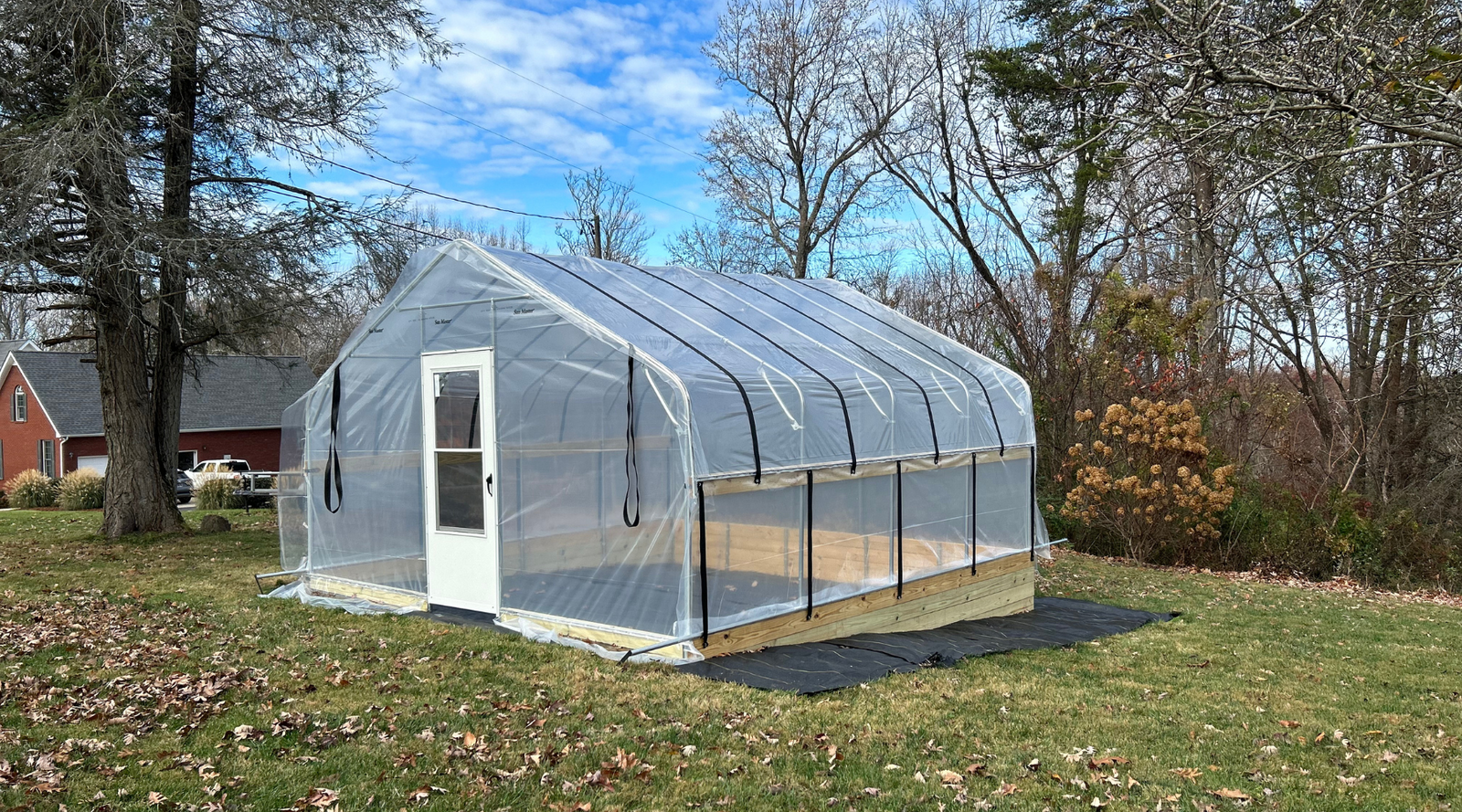Mastering Hydroponic Nutrient Solutions for Healthy And Balanced Plants
In the detailed world of hydroponic gardening, attaining optimal plant growth and health depends greatly on understanding the art of nutrient solutions. Effectively stabilizing important nutrients, comprehending the fragile dancing of pH degrees, and ensuring water quality are just a few pieces of the challenge in cultivating prospering plants without dirt. As we explore the intricacies of hydroponic nutrient solutions for healthy plants, a precise technique to nutrient monitoring comes to be the cornerstone of success in this innovative growing technique.
Relevance of Proper Nutrient Balance
Maintaining the proper balance of nutrients is critical for the ideal development and development of plants in hydroponic systems. Hydroponic plants depend completely on nutrient remedies given by farmers, making it important to supply the proper mix and focus of aspects for healthy growth. Nutrient equilibrium straight influences the plant's capability to photosynthesize, take in water efficiently, and stand up to conditions.
Discrepancies can lead to deficiencies or poisonings that hinder plant development. Tracking and adjusting the nutrient option frequently is key to making sure plants get the optimum mix they need for each development stage.
Recognizing Ph Levels
A critical element of hydroponic plant treatment involves comprehending the value of pH levels in the nutrient option. pH degrees measure the acidity or alkalinity of a remedy and are important for plant nutrient uptake. In hydroponic systems, keeping the appropriate pH variety is crucial for ideal plant development and development. Most plant species like a somewhat acidic pH array between 5.5 and 6.5, where nutrients are most readily available for absorption.

Water Quality Factors To Consider
Effective hydroponic plant growing calls for careful interest to water top quality factors to consider, as it plays a vital duty in the general success of the system. Water quality can dramatically influence the growth and wellness of plants in a hydroponic arrangement. One essential element to take into consideration is the pureness of the water used. Ideally, utilizing reverse or distilled osmosis water is advised to avoid the introduction of pollutants that might hurt the plants. In addition, keeping an eye on the water's pH degrees, electric conductivity (EC), and overall liquified solids (TDS) is essential to ensure that the nutrient click this link solution remains balanced and suitable for plant uptake.
Water that is too cozy or as well cool can worry the plants and prevent nutrient uptake, leading to stunted growth or nutrient shortages. Consistently evaluating the water top quality and making needed adjustments will aid produce a healthy atmosphere for plants to thrive in a hydroponic system.
Essential Nutrients for Plant Growth
Given the critical role of water top quality in hydroponic plant cultivation, the conversation now changes to checking out the vital nutrients essential for optimal plant growth. Plants require a variety of nutrients to thrive in a hydroponic system. The main macronutrients crucial for plant growth are potassium, phosphorus, and nitrogen. Nitrogen is important for leafed green growth, phosphorus help in root advancement and blossom manufacturing, while potassium assists with overall plant vigor and condition resistance.
In addition to macronutrients, plants likewise need additional nutrients such as magnesium, calcium, and sulfur. Calcium plays a crucial duty in cell wall surface framework, magnesium is a crucial element of chlorophyll, and sulfur is necessary for amino acid manufacturing. Moreover, trace elements like iron, manganese, zinc, copper, molybdenum, boron, and chlorine are needed in smaller quantities but are just as vital for enzyme feature, photosynthesis, and general plant wellness.
Balancing these important nutrients in the hydroponic nutrient solution is important to make sure plants receive all the components they require for robust development and advancement. Monitoring and readjusting nutrient levels based on plant development stages is crucial to keep a healthy and productive hydroponic system.
Tips for Nutrient Service Monitoring
To maximize plant growth and wellness in hydroponic systems, effective administration of nutrient solutions is vital. Right here are some tips for effective nutrient option administration:
Routine Tracking: Monitor pH levels, electric conductivity (EC), and nutrient levels regularly to guarantee they are within the optimal array for the certain plants being grown. (The Indoor Earthworm)
Readjust pH Levels: pH degrees can impact nutrient schedule to plants. Preserve the pH within the advised range (generally 5.5-6.5 for the majority of plants) by utilizing pH insurers.

Maintain Correct Temperature Level: Keep the nutrient solution at an ideal temperature level (normally between 65-75 ° F) to avoid nutrient inequalities and microbial development.

Cleanliness is Secret: On a regular basis tidy and sanitize reservoirs, pumps, and other hydroponic system elements to avoid algae, microorganisms, and mineral build-up.
Verdict
Finally, understanding hydroponic nutrient remedies is crucial for keeping healthy and balanced plant development. By making sure appropriate nutrient balance, comprehending pH levels, thinking about water high quality, and offering important nutrients, plants can flourish in a hydroponic system. Effective administration of nutrient services is essential to making best use of plant wellness and performance in a regulated atmosphere. By complying with these guidelines and tips, growers can achieve optimal outcomes in their hydroponic yards.
As we dig right into the complexities of hydroponic nutrient solutions for healthy plants, a meticulous technique to nutrient management comes to be the keystone of success in this ingenious expanding technique.
Water that is too chilly or too warm can emphasize the plants and hinder nutrient uptake, leading to stunted development or nutrient shortages.Provided the essential duty of water quality in hydroponic plant growing, the conversation now moves to examining the necessary nutrients necessary for ideal plant development.In Discover More conclusion, grasping hydroponic nutrient remedies is important for keeping healthy and balanced plant growth. By ensuring appropriate nutrient equilibrium, understanding pH levels, thinking about water top quality, and offering crucial nutrients, plants can flourish in a hydroponic system.






